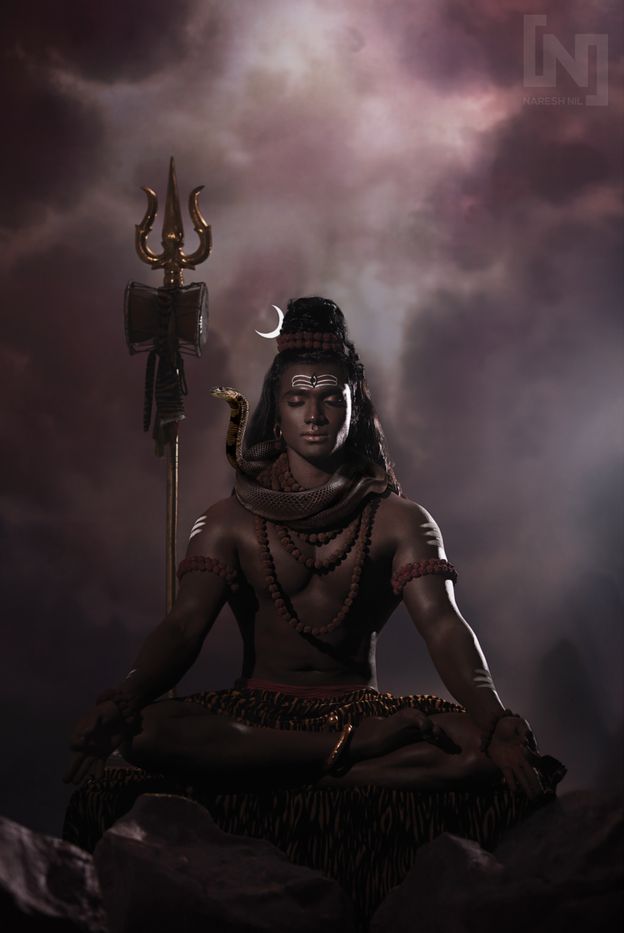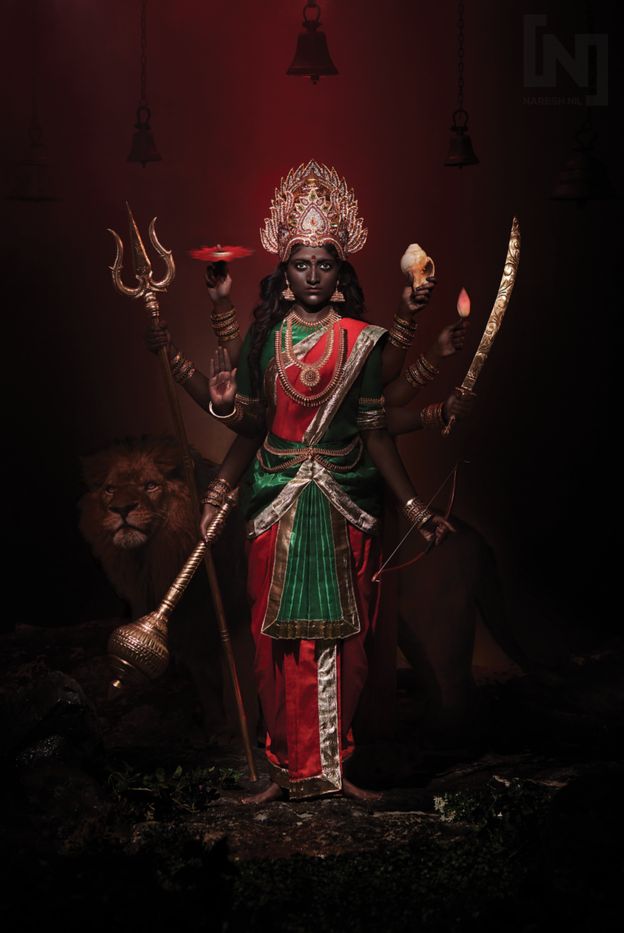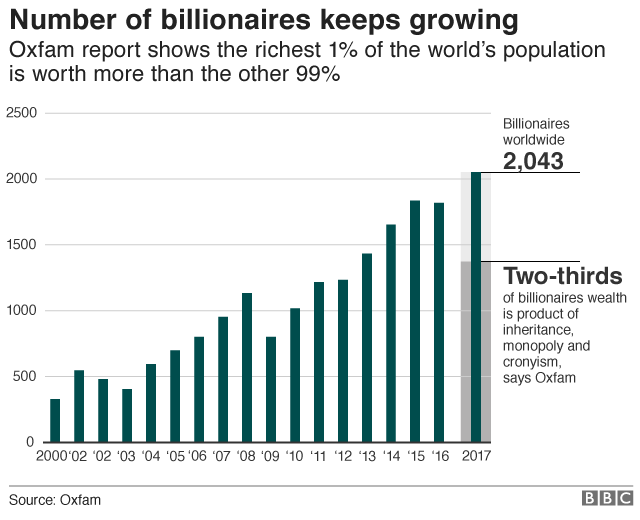Parable of Black Man/Block Man & Parable of the Rats
When a fool is told a parable, it's meaning must be explained to him.--African proverb
You got black man and block man.
Watch out for block man!
--Sun Ra
There was a black man and a block man, both were black men, but block man had a big block head. He used to stand at the crossroads waiting for black man to come through so he could block him from going in any direction. If black man tried to go east, west, north or south, the playa hatin, jealous, envious block man would cause black man to either stop, stumble or fall.
Sometimes black man would purposely fall because he knew the African proverb that to stumble or fall is only to go forward faster. So after being blocked at one turn, he would fake a fall and go forward on his journey up the hill.
Of course block man would be waiting for him at a pass up the hill and again try to block black man from going farther. But black man, being athletic, was able to leap to the side and gracefully go pass block man.
And even though block man had a lot of friends who were blockheads too, black man had friends in the sun, moon and stars who watched out for him.
Black man had friends in the wind, seas, rivers, trees and all over the earth. So block man didn't have a chance with his evil scheme to block black man. All black man had to do was flow in the flow and make sure he wasn't swimming against the current of the universe, for in the counter flow the block men were waiting patiently for him, sharpening their knives, ready to remove the heart and soul of black man.
So black man planned and block man planned, but black man was the best planner. As long as his mind remained clean and sober, he could see block man coming a mile way.
The rats all have the same gait: they scurry about, back broken by an abundance of lies, half-truths and disinformation, defamation and other tactics of rat behavior. Even their facial expressions have a rat like appearance, so you can see them coming a mile away. You can smell a funky rat. We suspect the two legged variety even has a tail hidden inside their pants or underneath their dresses, yes, there are rats of every gender, every color, class. Some are sewer rats, some are wharf rats, some are subway rats, church rats, house rats. But their behavior is the same. They are on the lower level of humankind, these two legged rats. They can do nothing right. They cannot give justice even with the scale in view while they weigh goods. They will lie while you look at them playing with the scale. They will try to convince you the scale doesn't work while it is their minds that have not evolved to work on the human level.
There is only one thing to do with such rats: set a trap for them or feed them poison cheese and watch them puke and vomit until they die. Better yet, let the cat catch their asses. It is beautiful watching the cat catch a rat, seeing how still the cat will become while stalking his prey. But the cat will lie in wait for the rat as long as it takes, never moving, never batting his eye. And then he leaps upon his prey and devours him. It is a beautiful sight when when the cat and rat game reaches the climax and ends with the consumption of the rat by the cat.
--Marvin X
7/15/15
Parable of the Rats by Marvin X
The rats all have the same gait: they scurry about, back broken by an abundance of lies, half-truths and disinformation, defamation and other tactics of rat behavior. Even their facial expressions have a rat like appearance, so you can see them coming a mile away. You can smell a funky rat. We suspect the two legged variety even has a tail hidden inside their pants or underneath their dresses, yes, there are rats of every gender, every color, class. Some are sewer rats, some are wharf rats, some are subway rats, church rats, house rats. But their behavior is the same. They are on the lower level of humankind, these two legged rats. They can do nothing right. They cannot give justice even with the scale in view while they weigh goods. They will lie while you look at them playing with the scale. They will try to convince you the scale doesn't work while it is their minds that have not evolved to work on the human level.
There is only one thing to do with such rats: set a trap for them or feed them poison cheese and watch them puke and vomit until they die. Better yet, let the cat catch their asses. It is beautiful watching the cat catch a rat, seeing how still the cat will become while stalking his prey. But the cat will lie in wait for the rat as long as it takes, never moving, never batting his eye. And then he leaps upon his prey and devours him. It is a beautiful sight when when the cat and rat game reaches the climax and ends with the consumption of the rat by the cat.
--Marvin X
7/15/15
Marvin X and student in the Fillmore, San Francisco
Poets Amiri Baraka and Marvin X shared a 47 year friendship in black revolutionary arts and politics.
Baraka was more involved that Marvin X yet Marvin not only influenced the Black Arts Movement but
the Black Panther Party, Nation of Islam and Black Studies. He recruited persons like Eldridge Cleaver into the BPP and as per the Nation of Islam, he recruited Nadar Ali (Bobby Jones of Fresno, an educator who became the NOI's Director of Imports.

Marvin X in heaven, i.e., in the presence of intelligent, berautiful, revolutionary women at Laney College celebration of the Black Arts Movement 50th Anniversary
Actor Gano Grills as Marvin X; Marvin X and Amiri Baraka (RIP), New Federal Theatre, NY
Marvin X was himself an abuser of women and wrote about it years ago in his classic poem Confession of an Ex-wife Beater, his play In the Name of Love (Laney College Theatre, 1981), and the recovery classic docudrama of his Crack addiction and recovery One Day in the Life, performed from coast to coast, e.g., Lorraine Hansberry Theatre, Recovery Theatre, San Francisco; Alice Arts Theatre, Uhuru House Theatre, Oakland; Black Repertory Group Theatre and Berkeley Rep, Berkeley; Sista's Place, Brooklyn, NY, Brecht Forum, Manhattan, NY; Kimako's Blues Theatre, Newark, New Jersey. The dramatic depiction of his last meeting in a West Oakland Crack house with Black Panther Party co-chairman Huey P. Newton was made into a one-act play by Marvin X and Ed Bullins, produced at New York's Federal Theatre by Woody King. On the 2009 national tour of Mythology of Pussy and Dick, Marvin spent a week speaking in classes at Howard University, especially the classes of Dr. Greg Carr and Dr. Tony Medina. "With the ratio of women to men 14 to 1, what do you think is the primary topic of discussion?"
Maestro Marvin X at Oakland's Malcolm X Jazz/Art Festival, accompanied by David Murray and Earle Davis and the Black Arts Movement Poets Choir
Maestro Marvin X at Oakland's Malcolm X Jazz/Art Festival, accompanied by David Murray and Earle Davis and the Black Arts Movement Poets Choir
Marvin X is known variously as El Muhajir (the migrant), Plato Negro, Rumi, Jeremiah. Alterhough he taught briefly in such academic institutions as Fresno State University, San Francisco State University, University of California Berkeley and San Diego, Mills College, University of Nevada, Reno, Laney and Merritt Colleges and elsewhere, he most enjoys his outdoor classroom known as Academy of da Corner is at 14th and Broadway, downtown Oakland, Lakeshore Avenue, Oakland and the Berkeley Flea Market. . Ishmael Reed says, "If you want to learn about motivation and inspiration, don't spend all that money going to workshops and seminars, just go stand at 14th and Broadway and watch Marvin X work. He's Plato teaching on the streets of Oakland!"



























